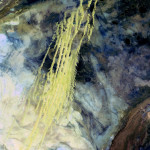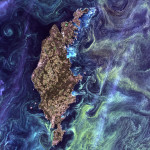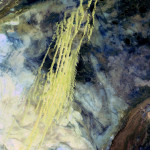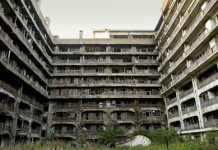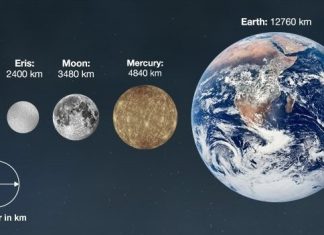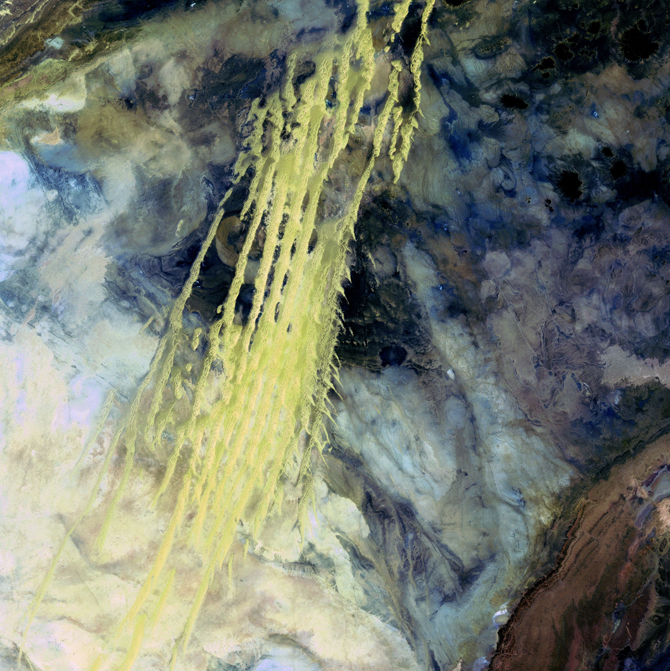
During a span of 40 years, since 1972, the Landsat series of Earth observation satellites has become a vital reference worldwide for understanding scientific issues related to land use and natural resources.
Beyond the scientific information they supply, some Landsat images are simply striking to look at, presenting spectacular views of mountains, valleys, and islands as well as forests, grasslands, and agricultural patterns. By selecting certain features and coloring them from a digital palate, the U.S. Geological Survey has created a series of “Earth as Art” perspectives that demonstrate an artistic resonance in satellite land imagery and provide a special avenue of insight about the geography of each scene.
NASA asked the public to vote on their favorite images from the more than 120 images in the online “Earth as Art” collection. We received over 14,000 votes and are happy to announce the top five winners:
The winner, in the style of Van Gogh’s painting “Starry Night,” massive congregations of greenish phytoplankton swirl in the dark water around Gotland, a Swedish island in the Baltic Sea. Population explosions, or blooms, of phytoplankton, like the one shown here, occur when deep currents bring nutrients up to sunlit surface waters, fueling the growth and reproduction of these tiny plants.
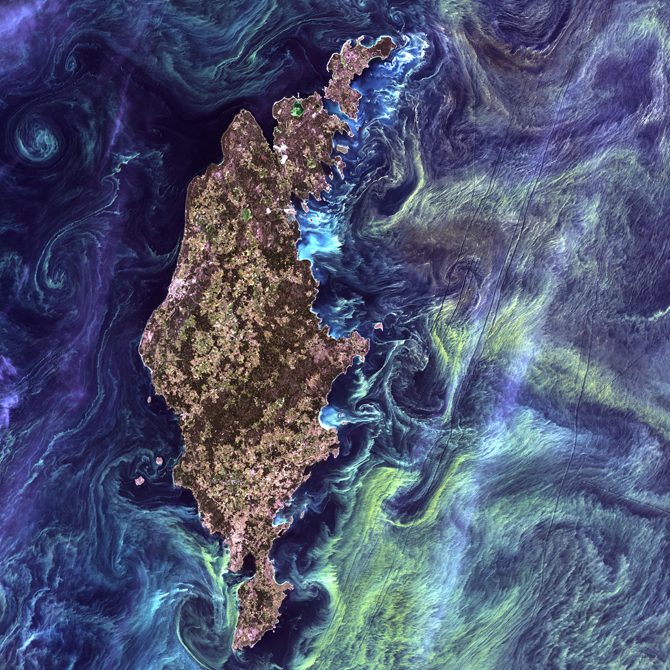


![algerian_abstract670[1]](https://coolinterestingnews.com/wp-content/uploads/2012/07/algerian_abstract6701.jpg)
